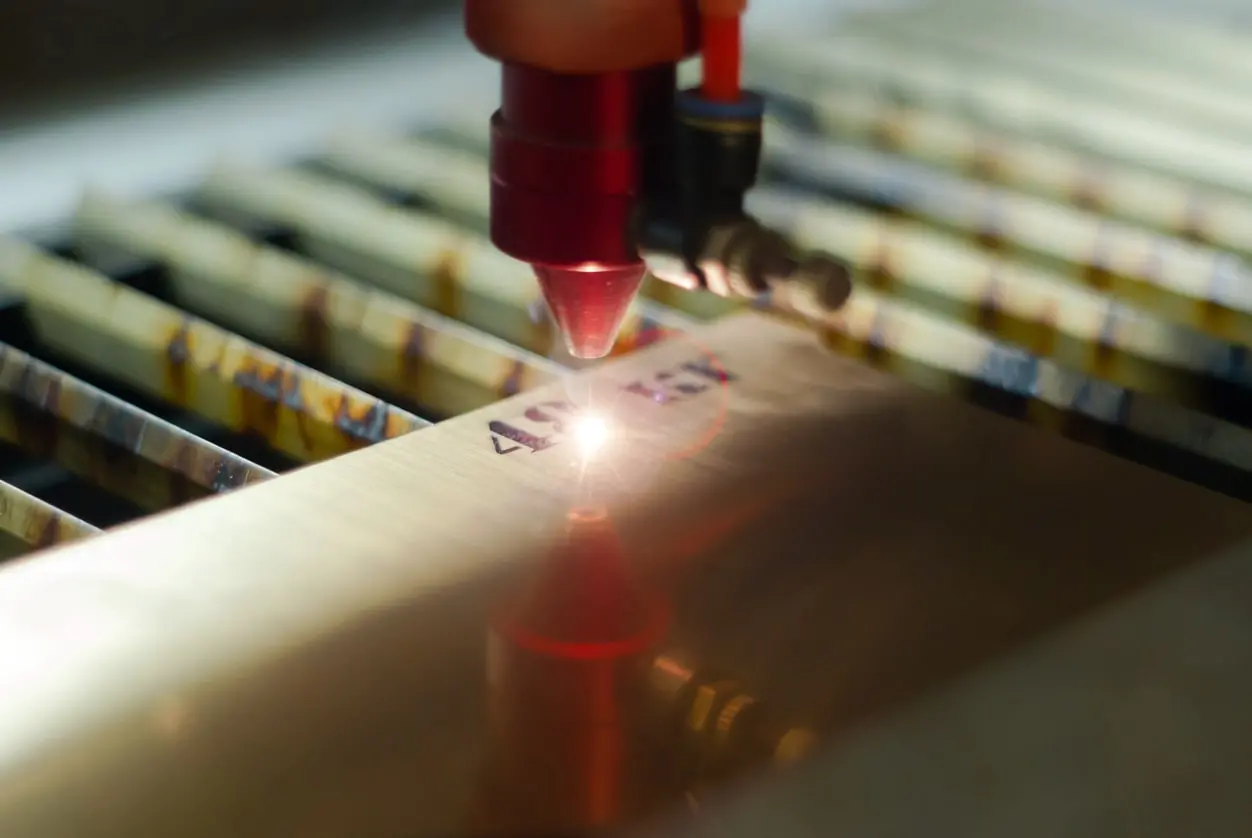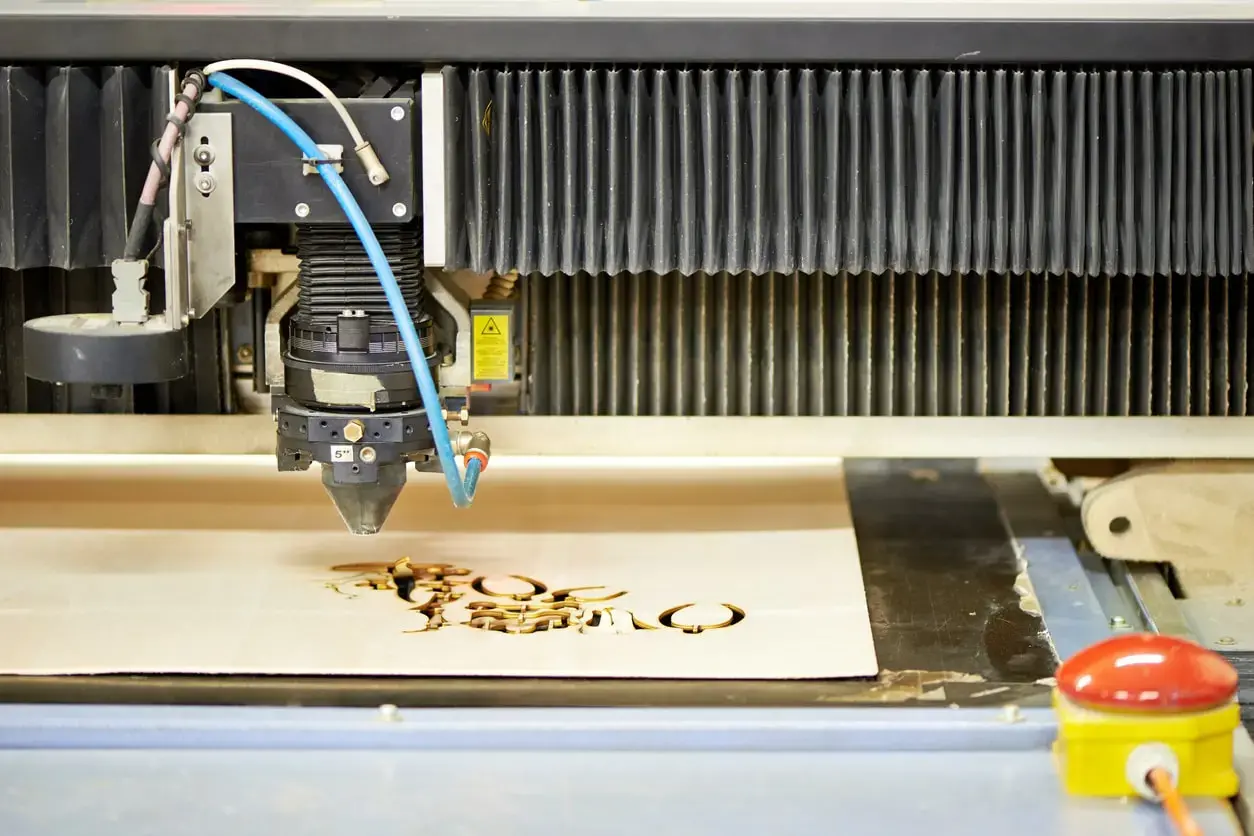When it comes to laser engraving machines, choosing the right one for your needs can be overwhelming. With so many options available in the market, it’s important to understand your requirements and make an informed decision. At BOSS Laser, we understand the significance of choosing the right tool for your business. Follow the steps outlined in this guide to make an informed decision on the best laser engraver that aligns with your unique needs and requirements.
Step 1: Define Your Niche
Before investing in a laser engraver, it’s crucial to define your niche and understand the specific applications you’ll be working on. Laser engravers can be used in various industries, such as the aerospace, automotive, electronic, metal fabrication, and medical instrument industries, among others. Each industry has its own requirements and specifications, so knowing your niche will help you choose a machine that is tailored to your specific needs.
Consider the types of materials you’ll be working with and the level of precision and detail required for your projects. Laser engravers can work on a wide range of materials, including metal, wood, glass, ceramics, paper, and stones. Some machines are better suited for certain materials than others, so understanding your niche will guide you in selecting the right laser engraver.
Step 2: Determine Your Budget
Setting a budget is an essential step in choosing a laser engraver. Boss Laser offers a spectrum of machines, ensuring superior precision and durability while aligning with your budget. Make a wise investment with our tools. It’s important to determine how much you are willing to invest in a machine and find one that offers the best value for your money.
Consider the long-term costs of owning a laser engraver, including maintenance, consumables, and potential upgrades. While cheaper machines may seem like a cost-effective option upfront, they may require more frequent maintenance or have limited capabilities. On the other hand, high-end machines may offer advanced features and durability, but they may come with a higher price tag. Finding the right balance between price and quality is key.
Step 3: Research Different Laser Technologies
Boss Laser pioneers in CO2 lasers, crystal, and fiber lasers, each designed for specific needs. Our commitment to innovation ensures your choice reflects your unique applications.
CO2 lasers are the most common type of laser used in engraving machines. They are versatile and can work on a wide range of materials, including wood, acrylic, leather, and glass. CO2 lasers are known for their precision and can achieve intricate details in engravings. However, they are not suitable for cutting or engraving metals.
Crystal lasers, also known as Nd:YAG lasers, are ideal for cutting and engraving metals, as well as plastics and ceramics. They offer high power and can achieve deep cuts with excellent edge quality. Crystal lasers are durable and require minimal maintenance, but they are generally more expensive than CO2 lasers.
Fiber lasers are the newest addition to the laser engraving market. They are highly efficient and can work on both metals and non-metals. Fiber lasers offer faster cutting speeds and can handle reflective and conductive materials with ease. They are low maintenance and have a long lifespan, making them a popular choice for industrial applications.

Step 4: Consider the Power and Speed Requirements
The power and speed of a laser engraver are important factors to consider, as they will impact the efficiency and quality of your work. Higher wattage lasers can cut or engrave materials more quickly and with greater precision.
Consider the thickness and density of the materials you’ll be working with. Thicker or denser materials may require a higher wattage laser to achieve the desired results. However, keep in mind that higher wattage lasers may also increase the cost of the machine.
The speed of a laser engraver is measured in inches per second (IPS) or millimeters per second (mm/s). Faster engraving speeds can significantly increase productivity, especially for large-scale projects. However, faster speeds may sacrifice some level of detail or precision, so finding the right balance is crucial.
Step 5: Evaluate the Machine’s Bed Size
The bed size of a laser engraver refers to the area on which the materials are placed for engraving or cutting. The size of the bed determines the maximum dimensions of the materials that can be processed.
Boss Laser provides a range of bed sizes, offering flexibility for various projects. Tailor your choice to your workspace and project size, ensuring optimal results. Keep in mind that larger machines may require more space in your workspace and may come at a higher cost. Evaluate your needs and the size of your typical projects to determine the ideal bed size for your laser engraver.
Step 6: Assess the Software and User Interface
The software and user interface of a laser engraver play a crucial role in its usability and functionality. Look for a machine that offers user-friendly software with intuitive controls and a wide range of customization options. The software should allow you to import and manipulate designs, adjust laser settings, and preview the engraving or cutting process.
Consider the compatibility of the software with different file formats, such as vector graphics or CAD files. This will allow you to work with a variety of design software and easily transfer your designs to the laser engraver. Additionally, ensure that the software is compatible with your operating system to avoid any compatibility issues.
Step 7: Evaluate Safety Features and Compliance
Safety should be a top priority when working with laser engraving machines, and that is paramount at BOSS Laser. Our machines comply with regulations, featuring safety interlock systems for worry-free operation. Ensure that the machine you buy has safety features in place.
Consider the level of operator training and experience required to operate the machine safely. Some machines may require specialized training or certifications, while others are designed for user-friendly operation. Assess your own level of expertise and choose a machine that matches your skill level.
Step 8: Compare Prices and Decide
Once you have evaluated all the factors mentioned above, it’s time to compare prices and make a decision. Create a shortlist of the laser engravers that meet your requirements and compare their features, specifications, and prices. Consider the value for money and the long-term costs associated with each machine.
Request quotes from different suppliers and manufacturers, and don’t hesitate to negotiate for the best price. Keep in mind that cheaper machines may not always offer the best quality or features, while more expensive machines may have advanced capabilities that you may not need. Find the right balance between price and quality that suits your budget and requirements.
Step 9: Purchasing Your Laser Engraver
Once you have thoroughly researched, evaluated, and tested different laser engravers, it’s time to make your purchase and start engraving! Start with simple projects and gradually explore the full potential of your laser engraver.
Contact Us
Choosing the best laser engraver for your needs requires careful consideration of various factors. By following the steps outlined in this guide and conducting thorough research, you can confidently select a laser engraver that will meet your unique needs and empower you to create stunning engravings or cuts. Investing in a high-quality laser engraver is an investment in your creativity and precision.
At Boss Laser, we understand the importance of finding the right machine for your craft. We are THE trusted partner for precision and efficiency. Contact us today to explore our range of high-quality laser engravers tailored to suit your specific requirements. The possibilities are endless when you choose Boss Laser. Contact us for a laser engraving solution that transforms your vision into reality!
